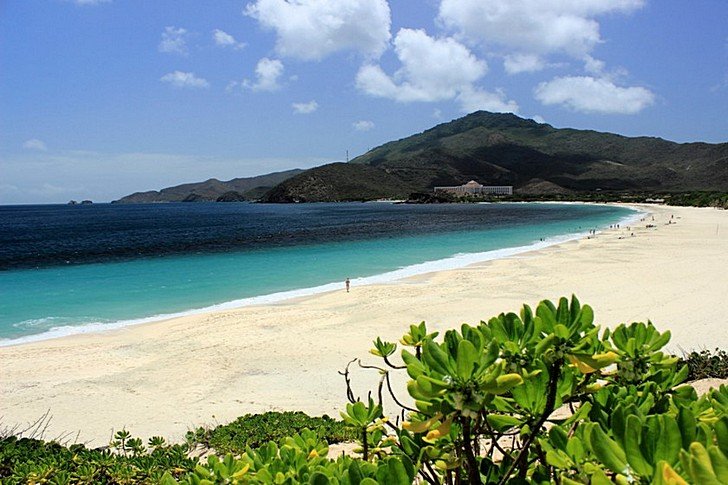Venezuela is replete with national parks and cozy Caribbean beaches. Unique landscapes in protected areas are amazingly diverse. Unique sandstones demonstrate impregnable steep slopes decorated with many waterfalls.
The overgrown shores of the Orinoco protect a rich flora - numerous trees covered with fruits, liana-like ferns and exotic flowers. The evergreen mangrove thickets hide outlandish species of animals and birds. And the fresh waters of the Venezuelan rivers have become home to many rare reptiles and amphibians.
The amazing coasts of Venezuela are worth a visit to appreciate the rich underwater world. Connoisseurs of a beach holiday, having rested once on the fine white sand, fall in love forever with the fabulous bays and Caribbean lagoons. Visiting this South American country, you should definitely try the local cocoa and chocolate. Do not forget about tropical fruits, which Venezuela is rich in abundance.
What to see in Venezuela?
The most interesting and beautiful places, photos and a brief description.
- Angel Falls
- Lightning Catatumbo
- Morrocoy National Park
- Choroni village
- Santa Ana de Coro
- Medanos National Park
- Delta Orinoco
- Mochima National Park
- Margarita island
- General Rafael Urdaneta Bridge
- Lake Maracaibo
- Roraima
- El Yaque beach
- Cable car in Merida
- Bolivar Peak
- Archipelago of Los Roques
- Plains of Los Llanos
- Canaima National Park
- Pantheon of Venezuela
- Lake Valencia (Tacarigua)
- Henri Pittier National Park
- Park La Llovisna
- Cave of El Guacharo
- Sierra Nevada National Park
- Puerto Cruz beach
Angel Falls
The highest waterfall can be found in the impenetrable tropical wilds of Venezuela. A stream of water rushes down from the flat-topped Devil's Mountain in Canaima National Park. Having overcome the 978-meter height, the water breaks into tiny particles of fog, which spreads for kilometers around. You can approach the unique attraction only by water or air.
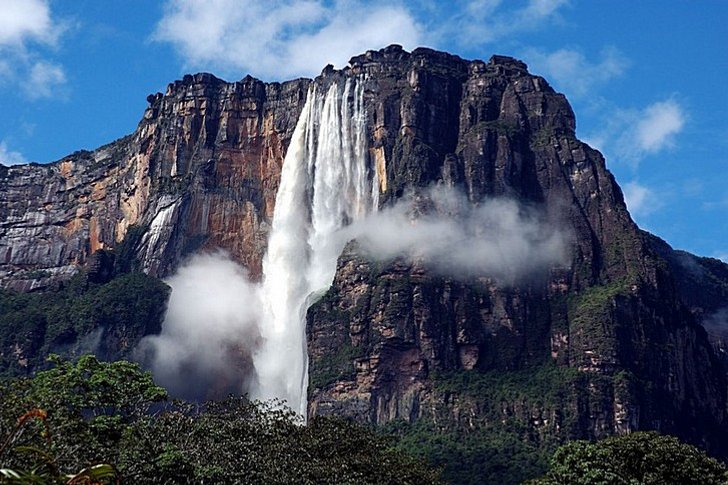
Lightning Catatumbo
This natural miracle is called the Lighthouse of Maracaibo, after the name of the lake, over the waters of which the phenomenon occurs. Light from regular discharges is visible 400 km from the delta of the Catacumbo River, which flows into the lake. The endless Venezuelan storm lasts up to 200 days annually. The cause of the phenomenon is a swampy area that produces methane.
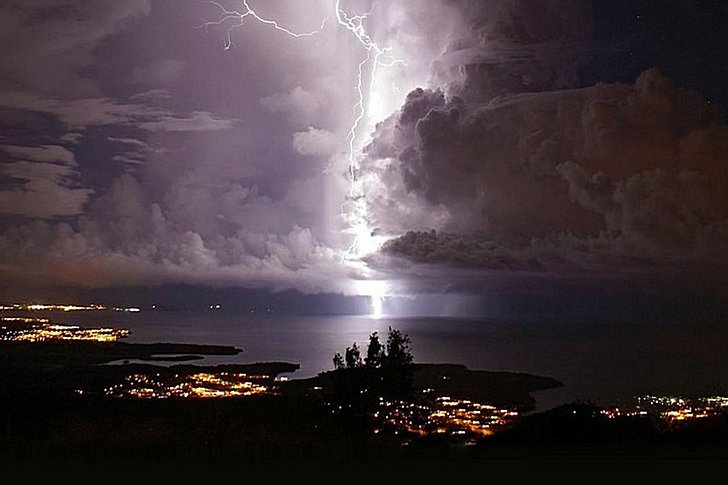
Morrocoy National Park
The beauty of the local landscape in the blue lagoons, amazing coral islands, wild mangrove forests and luxurious beaches. The protected northwestern coast of Venezuela has become a haven for rare reptiles, large sea turtles, pelicans, flamingos and other birds. Ideally calm sea is a real find for divers who want to enjoy the unique marine fauna.

Choroni village
The picturesque coast of the Caribbean Sea welcomes tourists with cozy beaches, bewitching bays and shady coconut palms. The proximity of the Henri-Pitet National Park allows you to see rare parrots, swift-winged hummingbirds, spider monkeys and other inhabitants of the mountain jungle.
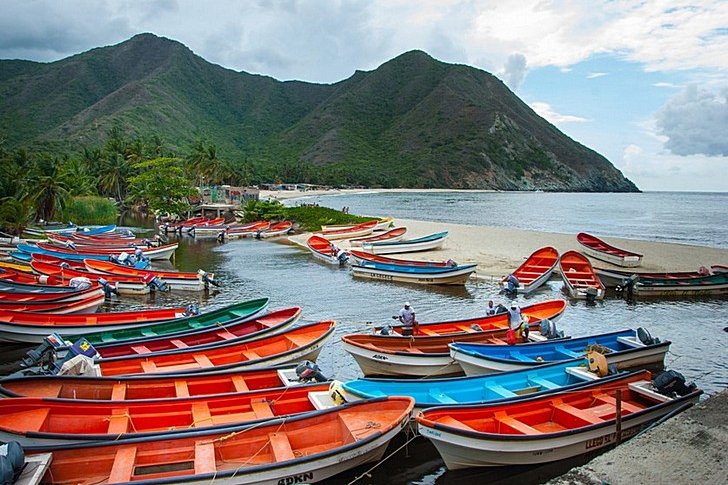
Santa Ana de Coro
Founded by the Spaniard Ampies in the sixteenth century, the city was repeatedly sacked by pirates. But the favorable location has always contributed to its rapid recovery. Now quiet colonial Koro attracts tourists with many cathedrals and churches, ancient colonial mansions, cozy streets and spacious squares. Some museums showcase the rich heritage of the centuries-old town.

Medanos National Park
Uncharacteristic of the northwest of Venezuela, sand dunes occupy the entire area of the national park. The height of the moving hills reaches 40 meters. Movement on the sandy terrain is possible on camels specially brought here for this purpose. Infrequent rains contribute to the survival of only a few shrubs. But among the desert slopes, one can sometimes find lagoons formed by precipitation.
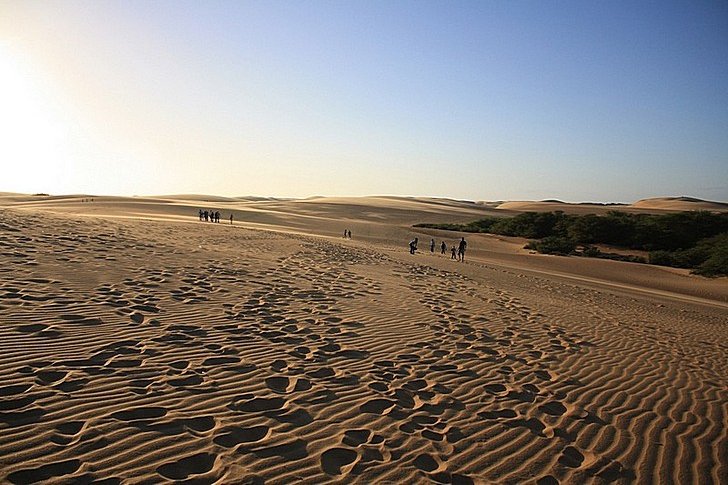
Delta Orinoco
Pleasant fresh air, together with a large variety of flora and fauna, attract a lot of tourists to the tropical paradise of water expanses. Red book crocodiles and endangered freshwater dolphins live here. Boat trips on local curiar boats will allow you to get to know the unique fauna better.
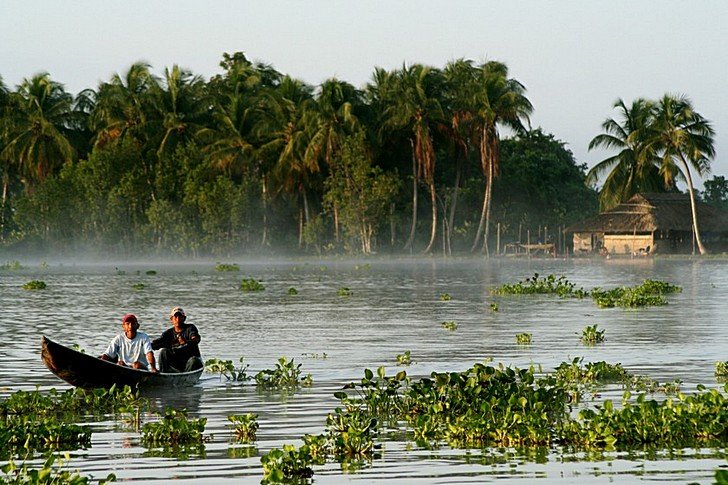
Mochima National Park
Mochima Marine Park is interesting for exotic animals and plants. Those who are fond of diving will find an outlet in the many coral reefs, sunken ships and caves. Those who prefer a beach holiday will certainly appreciate the azure beaches, among which is the famous Colorado with sand of a unique golden-red color.

margarita island
The record holder among the Venezuelan islands was nicknamed the pearl of the Caribbean. The island discovered by Columbus was named after the Princess of Austria. The dry sunny climate attracts tourists to its marvelous beaches and the indescribable beauty of the mountains. Margarita accommodates two national parks with outlandish parrots, flamingos and other birds.

General Rafael Urdaneta Bridge
The impressive concrete structure is thrown across the strait that connects the Venezuelan Gulf with the stormy Lake Maracaibo. The total length of the bridge, designed by Riccardo Morandi, is more than eight and a half kilometers. The cable-stayed bridge was named after a political and military figure born in the city of Maracaibo.

Lake Maracaibo
About 20 percent of Venezuela's population lives on the shores of Maracaibo. Illumination, common for locals in the form of incessant lightning, attracts tourists. Maracaibo hides in its swampy shores the oil deposits that have made this region industrially significant. The lake is surrounded by cocoa plantations, and howler monkeys crawl in the neighboring rainforest thickets.
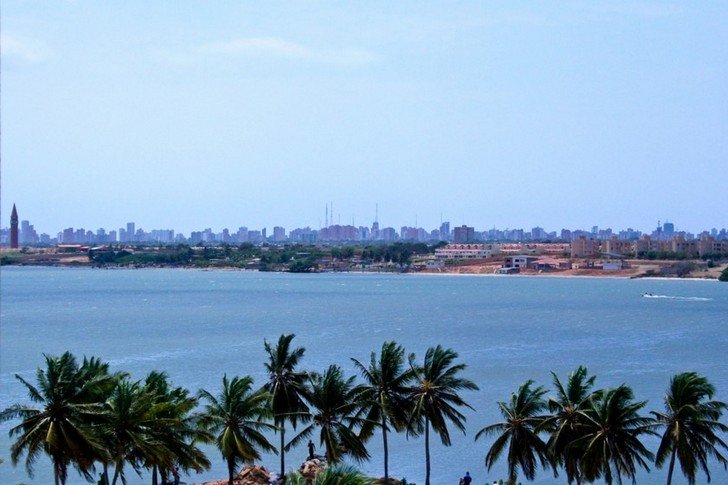
Roraima
The flat mountain, constantly shrouded in white clouds, seems like a guest from a fantasy world. Tepui, they are also table mountains, consist of sandstone, which, when destroyed, forms bizarre figures. The peat bogs of Roraima are overgrown with beautiful flowers and interesting trees. Most of the animals living on the plateau are endemic.
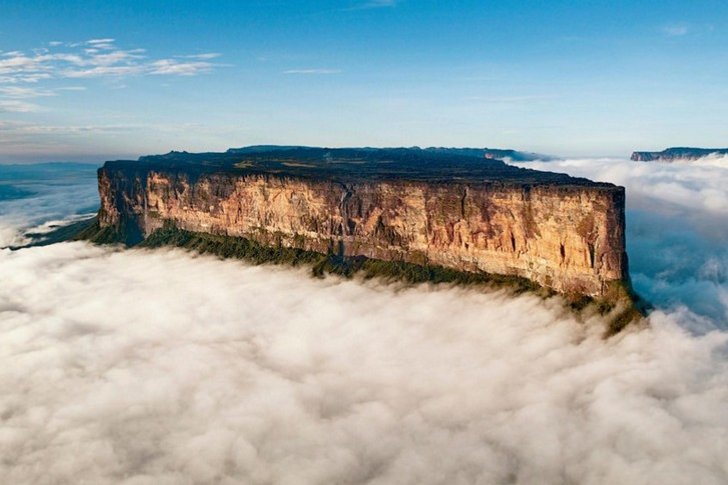
El Yaque beach
You won't find a better place for surfing. The southern coast of the Venezuelan island of Margarita welcomes beginners and avid athletes with the best weather conditions. The strong wind blowing on the beach creates an ideal climate for windsurfing and kitesurfing. The restless busy life of the coast attracts thousands of tourists with friendly beach parties.
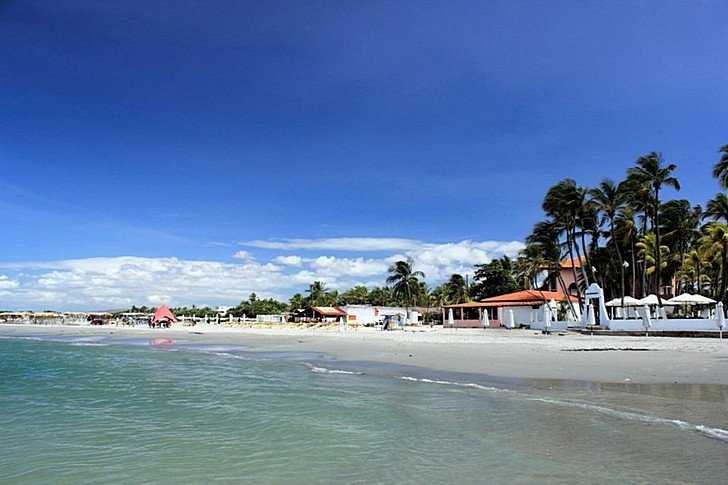
Cable car in Merida
To enjoy the contemplation of Venezuela from a mesmerizing height will allow a two-hour journey from Merida to the top of Espejo. There are no analogues of this cable car in terms of height and length in the world yet. The journey will reveal picturesque mountain landscapes, and funicular stops will allow you to take a walk through amazing places.

Bolivar Peak
The highest point in Venezuela is named after Simon Bolivar, who fought for the independence of his homeland. The five-kilometer peak is accessible to every tourist who can use the cable car that goes to the neighboring peak of Espejo. Those wishing to get directly to the peak of Bolivar will have to walk, contemplating the wondrous beauties of the eastern Cordilleras.
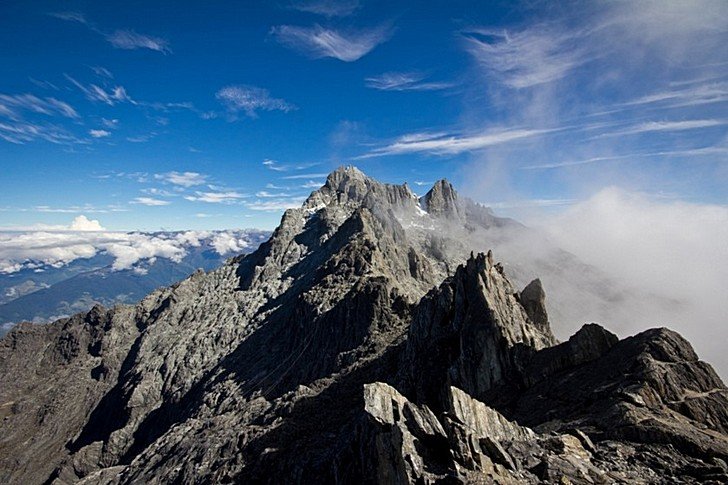
Archipelago of Los Roques
Four large islands, together with 350 small ones, were created by nature in the Caribbean Sea, as if especially for diving enthusiasts. The islands of the archipelago are protected from strong currents by a system of coral reefs included in the national park. The seclusion of this place allows tourists to see the Caribbean in its original form, enjoying the shallow sandy lagoons and the richness of the water world.

Plains of Los Llanos
A flat area with an intertropical climate, which has untold wealth in the form of a variety of animals, reptiles and birds, occupies a third of Venezuela. Wildlife connoisseurs can appreciate local boat safaris, horseback riding, piranha or saber-toothed payar fishing. Hunting lovers are given the opportunity to overcome an anaconda or a caiman.
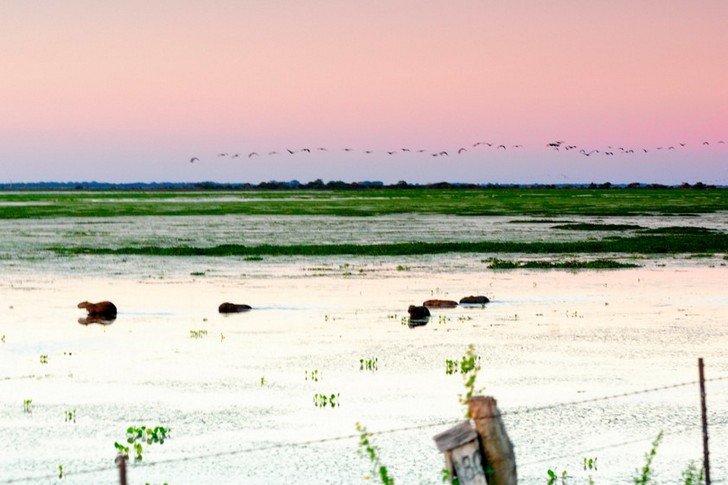
Canaima National Park
The main wealth of Canaima is the unique flat-topped mountains - tepui. The structure of table giants is unusual due to karst processes. Unique stone plateaus with steep slopes are hung with marvelous ribbons of waterfalls. The amazing nature of the national park is one of the oldest on the planet. The rich animal and plant worlds contain mostly endemic species.
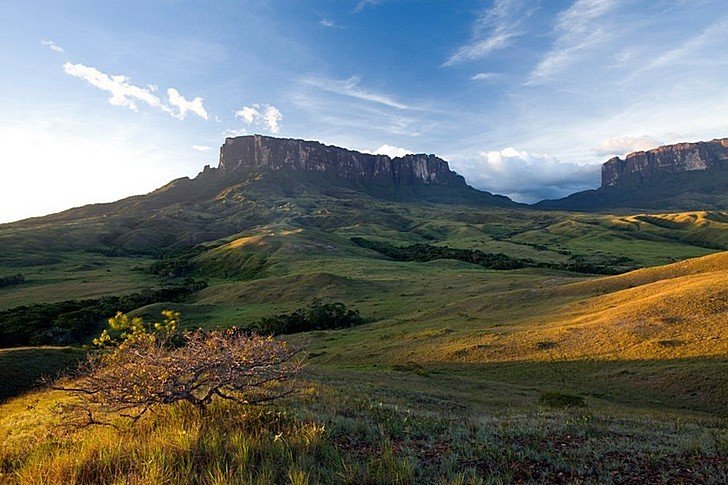
Pantheon of Venezuela
The burial place of the Venezuelan hero Simon Bolivar and many honorary figures of the country is located in the northern part of Caracas. The building of the pantheon keeps about 2 thousand paintings, which tell the story of the life of the great liberator. And in the central nave you can find the bronze sarcophagus of Bolivar. The halls also feature monuments to many great Venezuelan celebrities.
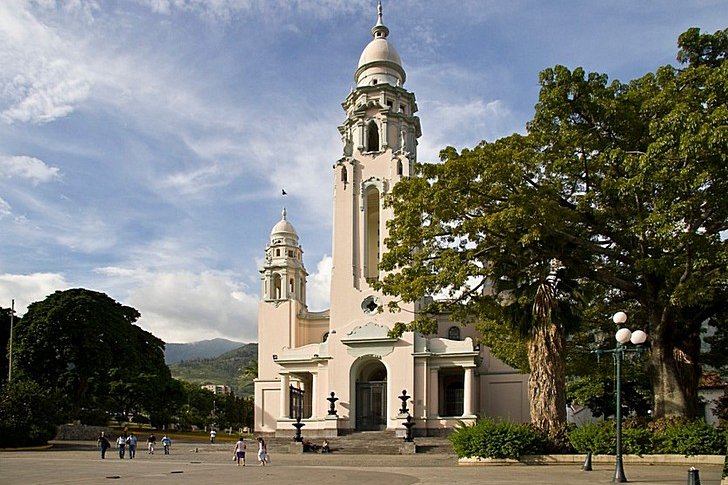
Lake Valencia (Tacarigua)
The popular resort lake in northern Venezuela is the second largest after Maracaibo. The fertile soils of the northern coast of the reservoir have led to the cultivation of cane, cotton and coffee trees. Numerous islands of Valencia delight tourists with rich wildlife.

Henri Pittier National Park
The oldest Venezuelan park was founded in 1937 to preserve unique ecosystems. The territory is divided into a mountainous area with 9 large rivers and a resort coast with closed quiet bays and azure beaches. The protected area is an important source of fresh water for local residents.

Park La Llovisna
On the territory of the north-east of Venezuela, amazing landscapes extend near the picturesque Caroni River - wooded areas successfully alternate with meadows full of noisy streams of water, and wild nature is harmoniously replaced by equipped recreational areas.
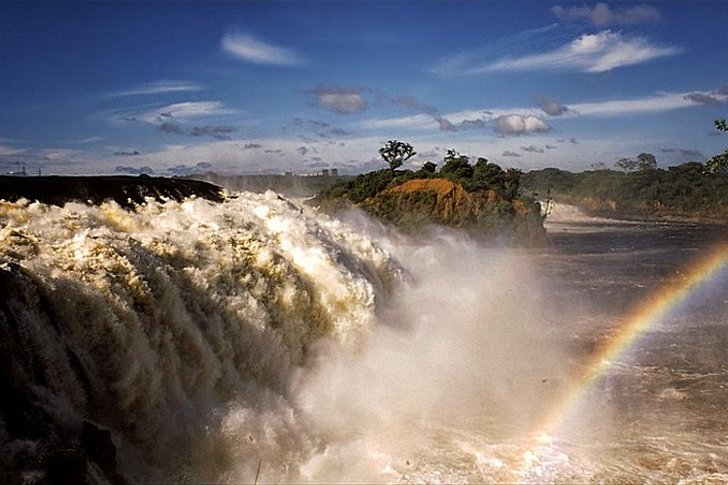
Cave of El Guacharo
The karst cavity in the limestone hill got its name from the feathered inhabitants. Fruit-eating guajaro birds nest in the cave, leaving their shelter only for night feeding. The walls of the cave are decorated with natural paintings, formed as a result of a mixture of chalk, sandstone and limestone.
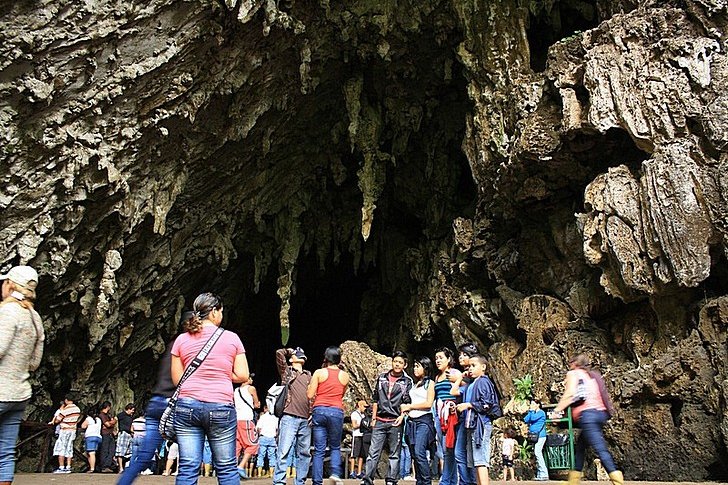
Sierra Nevada National Park
The local territory attracts climbers with its alpine massifs. Evergreen tropical thickets give way to bamboo and low-growing ferns, which, with height, are replaced by the steppes of the khulka and, finally, by eternal ice. The park got its name from the Cordillera de Mérida, which is constantly covered with snow.
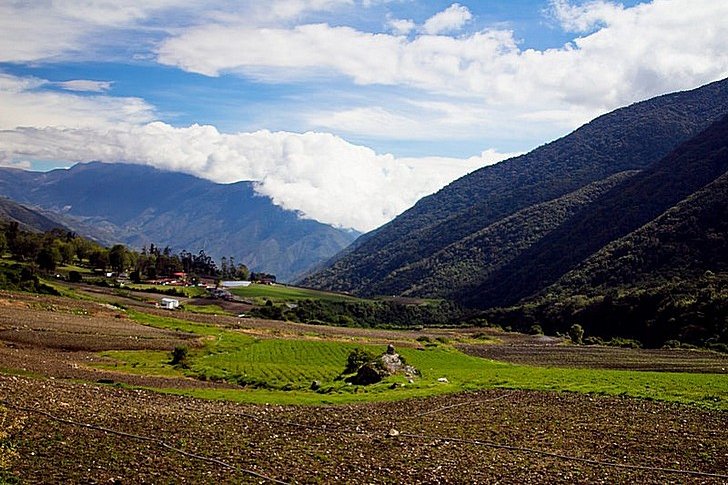
Puerto Cruz beach
The port city of Venezuela nestled on the Caribbean coast is one of the most visited in the state of Anzoategui. Tourists are in a hurry to visit the marvelous local beach, surrounded by the protected nature of Mochima Park. The sandy shore and the rich underwater world allow you to forget about the city congestion and enjoy the pristine nature.
